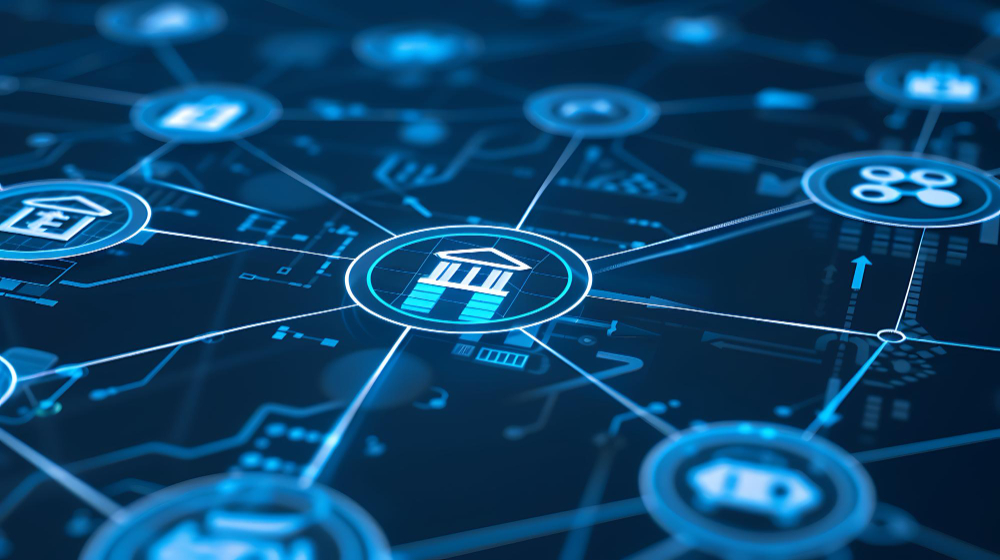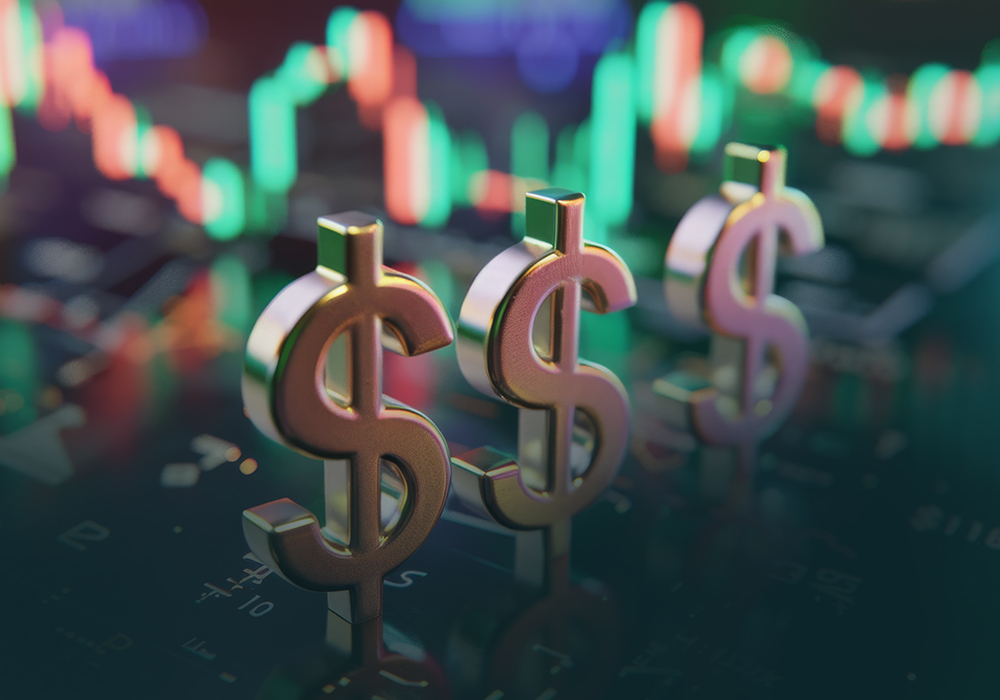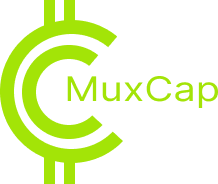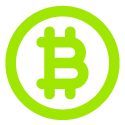Decentralized Finance (DeFi) is one of the most significant innovations in the cryptocurrency space, reshaping how people trade, invest, and manage their financial assets. By leveraging blockchain technology, DeFi eliminates the need for traditional intermediaries such as banks, brokers, and exchanges, allowing individuals to engage in financial transactions directly with each other through decentralized platforms.
DeFi has opened up a new world of possibilities for crypto trading, lending, borrowing, and earning passive income. In this article, we will explore what DeFi is, how it works, and how it is transforming the way we trade crypto.
What Is Decentralized Finance (DeFi)?
DeFi refers to a financial system built on decentralized blockchain networks, primarily using smart contracts to automate transactions. Smart contracts are self-executing contracts with the terms of the agreement directly written into code. They facilitate transactions without the need for centralized intermediaries, ensuring trustless and transparent financial interactions between users.
DeFi applications (also known as DApps or decentralized applications) allow users to borrow, lend, trade, and earn interest on crypto assets without going through traditional financial institutions. These platforms are typically built on blockchain networks such as Ethereum, Binance Smart Chain, Solana, and others, where smart contracts operate autonomously.
Some of the core features of DeFi include:
- Decentralization: DeFi platforms operate without central authorities, meaning that no single entity has control over the system. Users retain full control of their funds and can engage in transactions directly with one another.
- Transparency: All transactions on DeFi platforms are recorded on a public blockchain, providing transparency and accountability.
- Programmability: Smart contracts can be customized to create sophisticated financial instruments, including decentralized exchanges (DEXs), lending protocols, and yield farming platforms.
How DeFi Is Changing Crypto Trading
- Decentralized Exchanges (DEXs)
One of the most prominent applications of DeFi is the rise of decentralized exchanges (DEXs). Unlike traditional centralized exchanges (CEXs), which require users to deposit funds into a platform controlled by a central entity, DEXs allow users to trade cryptocurrencies directly from their wallets using smart contracts. This means users maintain control of their private keys and are not reliant on a third-party custodian.
Popular DEXs include:
- Uniswap: A leading DEX on the Ethereum blockchain that uses an automated market maker (AMM) model to facilitate trades without relying on order books. Users can swap tokens directly from their wallets by interacting with smart contracts.
- PancakeSwap: A DEX built on Binance Smart Chain, known for offering fast and low-cost transactions compared to Ethereum-based DEXs.
Advantages of DEXs:
- Ownership of Funds: Users retain full control of their assets without having to trust a centralized platform with their funds.
- No KYC: Most DEXs do not require users to complete Know Your Customer (KYC) procedures, providing greater privacy.
- Access to a Wide Range of Tokens: DEXs often list tokens that may not be available on centralized exchanges, allowing users to access a broader range of assets.
Challenges of DEXs:
- Liquidity: Some DEXs may suffer from lower liquidity compared to centralized exchanges, leading to larger price slippage for larger trades.
- User Experience: Trading on DEXs requires familiarity with Web3 wallets and smart contracts, which can be intimidating for beginners.
- Yield Farming and Liquidity Mining
Yield farming, also known as liquidity mining, is a DeFi innovation that allows users to earn rewards by providing liquidity to decentralized protocols. Yield farmers deposit their crypto assets into liquidity pools on DEXs or lending platforms, and in return, they receive interest or governance tokens as rewards. This has become a popular way to generate passive income in the crypto space.
How yield farming works:
- Users deposit assets (e.g., ETH, USDT, or DAI) into a smart contract called a liquidity pool.
- These assets are used to facilitate trades or loans on the platform, and in exchange, users earn interest or rewards in the form of the platform’s native tokens.
Yield farming has become a cornerstone of DeFi, enabling traders to earn additional returns on their holdings without actively trading. However, it also comes with risks, including impermanent loss, which occurs when the value of the tokens deposited in a liquidity pool fluctuates relative to holding them outside the pool.
- Lending and Borrowing on DeFi Platforms
DeFi has introduced decentralized lending and borrowing platforms, such as Aave, Compound, and MakerDAO, that allow users to lend out their crypto assets or borrow against them without the need for intermediaries like banks. These platforms use smart contracts to facilitate the lending process, where users can earn interest by providing liquidity or access loans by using crypto as collateral.
Key features of DeFi lending:
- Collateralized Loans: Borrowers must deposit collateral in the form of crypto assets, typically with a higher value than the loan itself, to reduce risk. If the value of the collateral falls below a certain threshold, the loan can be liquidated.
- Earning Interest: Lenders can earn passive income by lending their crypto assets to borrowers. The interest rates are determined by supply and demand dynamics within the platform.
Example:
- Aave: Aave allows users to lend and borrow a wide range of cryptocurrencies. It also introduced flash loans, a unique feature that allows users to borrow funds without collateral, provided the loan is repaid within the same transaction.
- Compound: This protocol enables users to supply crypto assets to liquidity pools and earn interest in real-time. Borrowers can also use their crypto holdings as collateral to take out loans.
DeFi lending is appealing because it offers more flexible terms than traditional financial institutions and allows users to borrow funds quickly without going through credit checks or approval processes. However, it also comes with risks, such as smart contract vulnerabilities and the potential for liquidation during market downturns.
- Staking and Governance Tokens
Many DeFi platforms issue governance tokens, which give holders voting rights on key protocol decisions, such as changes to interest rates, platform upgrades, or treasury management. Governance tokens can often be earned through staking, which involves locking up crypto assets in the protocol to support its operations.
Staking in DeFi differs from traditional staking in proof-of-stake (PoS) blockchains in that it often involves participating in governance or liquidity provision rather than simply validating transactions.
Examples:
- Uniswap (UNI): UNI token holders can vote on protocol changes and improvements for the Uniswap platform.
- MakerDAO (MKR): MKR holders vote on governance decisions, including risk parameters for the issuance of the decentralized stablecoin DAI.
By holding and staking governance tokens, DeFi participants can earn rewards while also having a say in the future direction of the platform.

Benefits of DeFi for Crypto Traders!
- Eliminating Intermediaries
DeFi platforms cut out traditional intermediaries like banks, brokers, and centralized exchanges, allowing users to trade directly with one another. This reduces fees and speeds up transaction times, making DeFi an attractive alternative to traditional financial systems.
- Access to Global Markets
DeFi platforms are open to anyone with an internet connection and a crypto wallet, providing access to global financial markets without the need for approval from centralized authorities. This democratizes finance by allowing users in underbanked or unbanked regions to participate in global financial activities.
- Earning Passive Income
DeFi offers numerous ways for crypto holders to earn passive income through yield farming, staking, and lending. This provides an additional avenue for investors to grow their portfolios beyond traditional trading.
- Transparency and Security
All transactions on DeFi platforms are recorded on public blockchains, offering transparency and security. Users can verify transactions in real-time, and smart contracts are designed to execute automatically, reducing the risk of fraud or manipulation.
Risks and Challenges in DeFi Trading!
- Smart Contract Vulnerabilities
While DeFi platforms offer transparency and decentralization, they are also vulnerable to smart contract bugs or exploits. Hackers can potentially find vulnerabilities in the code and drain funds from a platform, as seen in various high-profile DeFi hacks.
- Impermanent Loss
Liquidity providers in yield farming are exposed to impermanent loss, which occurs when the value of the assets they have deposited fluctuates significantly compared to holding them outside the pool. This can result in lower returns than expected, especially in volatile markets.
- Regulatory Uncertainty
DeFi operates in a largely unregulated space, which poses risks for traders. Future regulatory actions could impact the growth of DeFi platforms or limit access to certain services, particularly in countries that are taking a more cautious approach to cryptocurrency.
Conclusion
Decentralized finance (DeFi) is revolutionizing the way we trade crypto by eliminating intermediaries, offering new opportunities for earning passive income, and providing greater financial inclusion. Whether through decentralized exchanges, yield farming, or lending protocols, DeFi is enabling users to engage in financial transactions directly with one another.
While DeFi opens up a world of possibilities, it also comes with risks such as smart contract vulnerabilities and regulatory uncertainty. Traders who understand the dynamics of DeFi can take advantage of its innovations to enhance their crypto trading strategies and earn additional returns.ergy sources, the demand for these commodities will continue to rise, presenting both opportunities and challenges for investors, industries, and policymakers. Ensuring a stable and sustainable supply of these materials will be key to achieving the global shift toward a greener future.
Empower your financial journey with MuxCap.
Popular Posts
- Understanding Stock Market Indicators: Key Metrics for Successful Trading and Investment

- Exploring the World of Crypto Futures and Options: Strategies & Risks

- How Leverage Works in Forex and Futures Markets: Opportunities and Pitfalls

- Algorithmic Trading in the Stock Market: The Future of Automated Investing


























